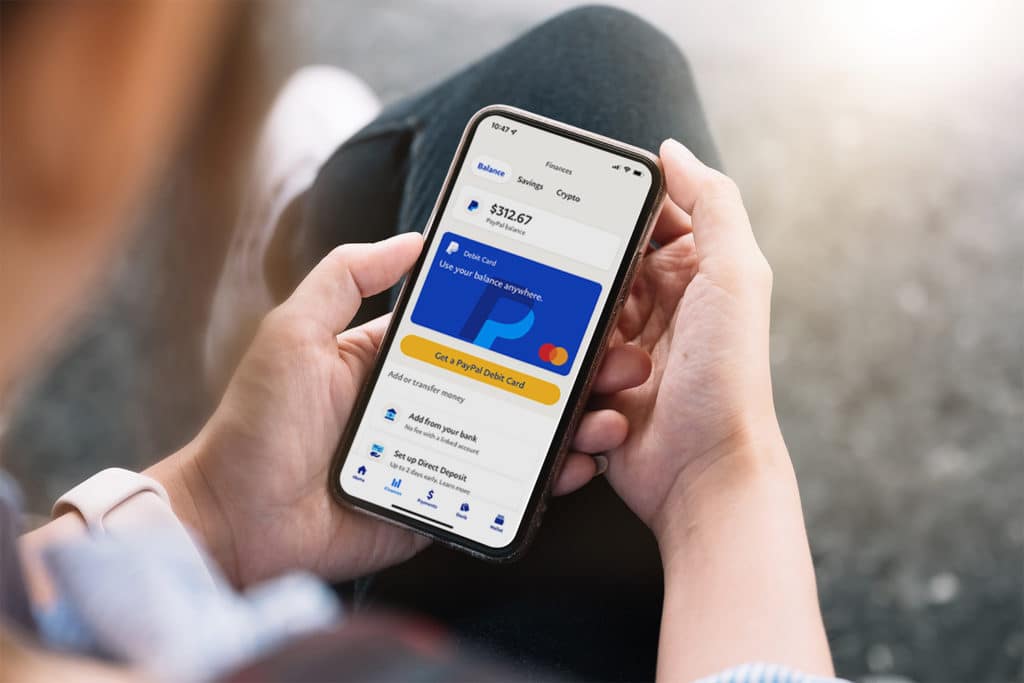Yes, one day you will turn off your computer, disconnect your work email and go sip margaritas on a beach in Bermuda (visiting your grandkids once in a while if you’d like!) To make that happen though, you need to start planning now! At Lili, we help business owners and freelancers like you save money on taxes and on banking fees specifically so you’re able to build a healthy financial future for you and your family. And to achieve that, planning for your retirement is key.
The three core options for Individual Retirement Account (IRA) for freelancers with no employees are: Roth IRA, SEP IRA or Solo 401K. They all have different rules and it’s not always easy to keep track. But here are some basics to get you started.
Roth IRA
With a Roth IRA you pay taxes on the money when you put it in the account, not when you withdraw it. It’s beneficial for those who think they will be in a higher tax bracket when they retire.
- In 2020, the maximum contribution into a ROTH IRA is a flat $6,000 ($7,000 if you’re 50 or older)
- You can’t contribute to an IRA if you make too much money. The limits for 2020 are on Adjusted Gross Income of more than $139,000 for a single person and $206,000 for a married couple.
- If you need to withdraw the money before the age of 59 1⁄2 you will pay a 10% penalty and taxes on your earnings, except in some cases (to purchase your first home, some medical expenses like the birth of a child, or higher education expenses are some examples).
- You can contribute to a Roth IRA separately and in addition to a Solo or full-time job’s 401K.
A Roth IRA is usually viewed as the best option for young people or entrepreneurs who are just starting out, since they tend to be in a lower tax bracket now than in the future.
SEP IRA
The main advantage of a SEP IRA is that it has a much higher contribution limit than a Roth IRA and less paperwork than a Solo 401K.
- In 2020, you can contribute up to 25% of your Net Earnings with a cap at $57,000.
- All your contributions are tax deductible and you will pay taxes on the money when you’re on that beach in Bermuda.
- You do not have to contribute every year, so you can adjust depending on the way business is going.
- If you need to withdraw the money before the age of 59 1⁄2 you will pay a 10% penalty and taxes on distributions, except in some cases (to purchase your first home, some medical expenses like the birth of a child, or higher education expenses are some of the examples)
- When you reach 70 years old, you will be required to take some money out, through a process called Required Minimum Distribution. Hey you saved it… So at some point you should enjoy it!
Solo 401K
It’s all in the name, this is a 401K for people riding solo. Now, for this one there’s one thing you need to wrap your head around: as a freelancer you can contribute to it twice – as your own employer and as yourself.
- As the employer you can contribute, up to 25% of your Business Net Income. Reminder: that’s your Gross income – (Business expenses + 50% of your Self Employment Tax)
- As the employee, you can contribute up to $19,500 in 2020 ($26,000 if you’re 50 or older)
Example: Michelle is a person (employee) and a freelancer (employer). Michelle’s freelancing business makes a net income of $50,000 a year so Michelle The Freelancer can only contribute up to $10,000 to Michelle’s Solo 401K. But Michelle The Person wants to save more! And she can: up to an additional $19,500. - The total contribution (employee + employer) is capped at $57,000 in 2020 (63,500 if you’re 50 or older)
- All your contributions are tax deductible and you will pay taxes on the money when you’re on that beach in Bermuda.
- To open a Solo 401K you’ll need an Employer Identification Number. You can easily request one with the IRS.
- If you need to withdraw money from your Solo 401K before you reach 59 1⁄2 years old, there will be financial penalties. Make sure to check with your broker what these are.
The $57,000 cap on 401K contribution is per person not per account. So if you’re freelancing on the side and also have a 401K with your employer, the total of your contributions to both 401K can’t be over $57,000.
Congrats, you opened an account! Now what?
Once you’ve put money in your retirement account, you need to invest it. There are plenty of options to do so, and you should talk to a specialist at your investment bank, but one of the easiest ways to start is by investing in a Target Retirement Mutual Fund that corresponds to your anticipated retirement year. These funds blend a variety of assets to optimize return and risk over a period of time. Do a quick search for “target retirement fund [your retirement year]” to explore your options.
DISCLAIMER: All the information contained in this article is for educational purposes only, and shouldn’t be taken as financial advice. Always consult with a professional accountant or with the IRS for any tax related matter, and with a professional financial advisor for any specific investment related questions.




